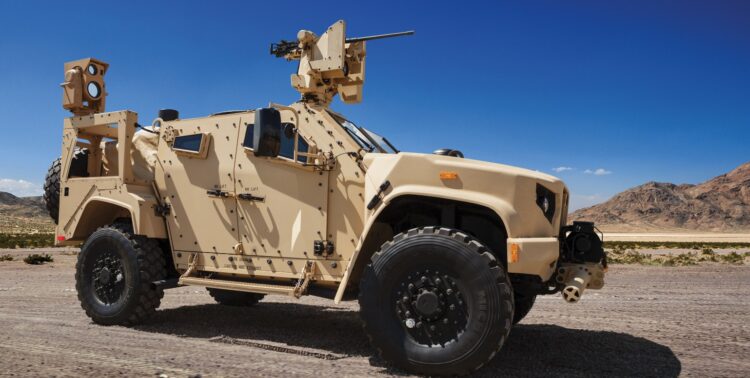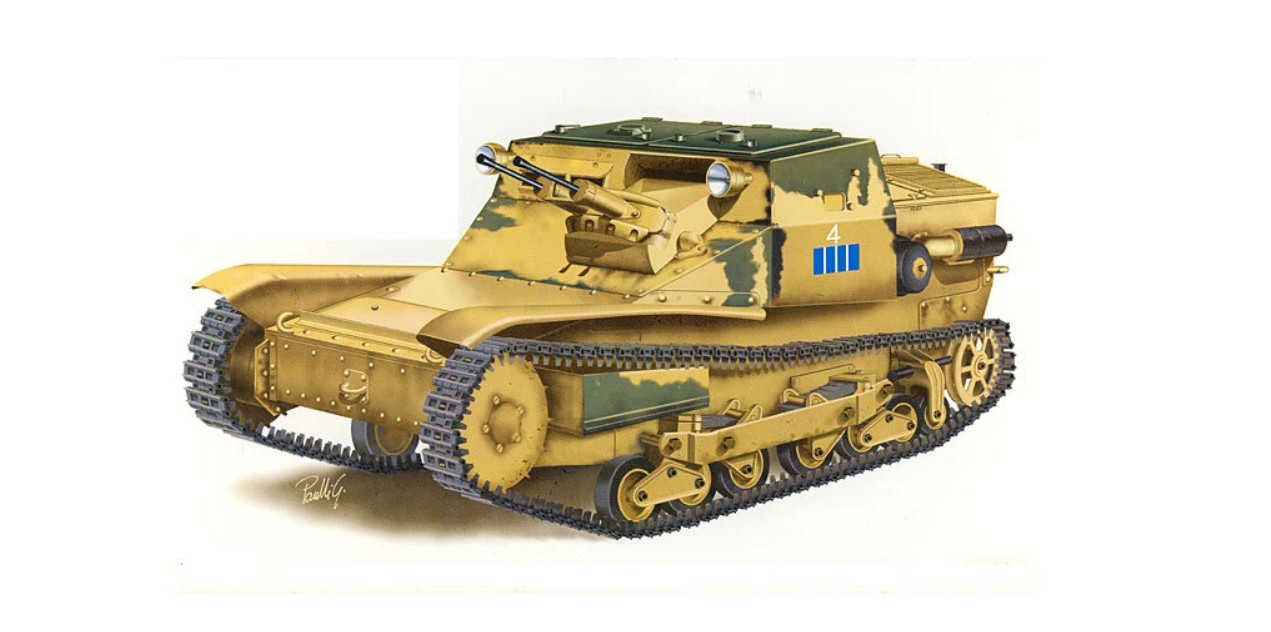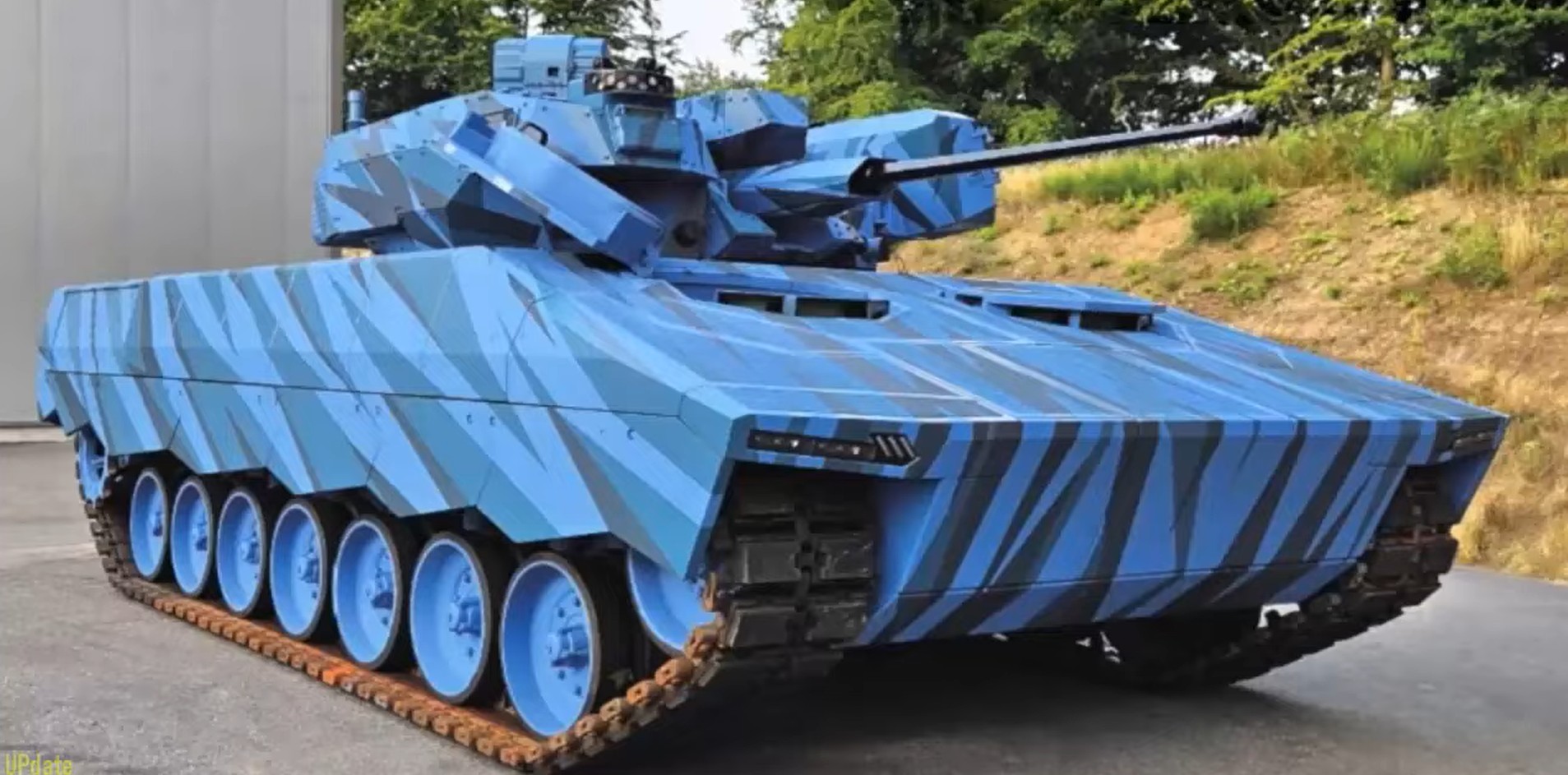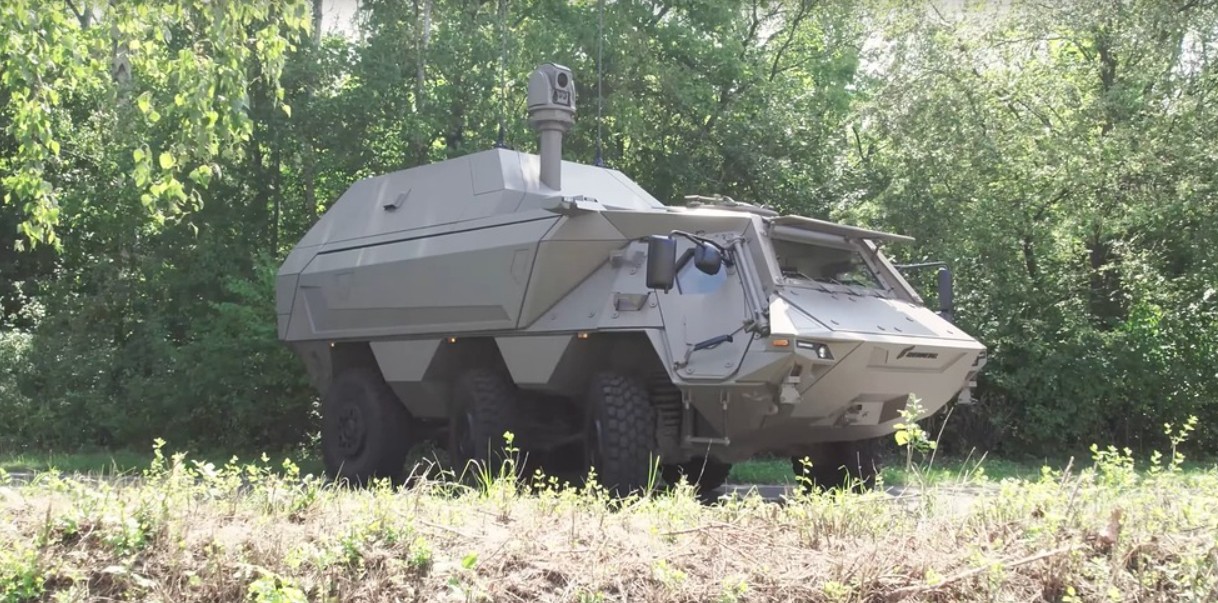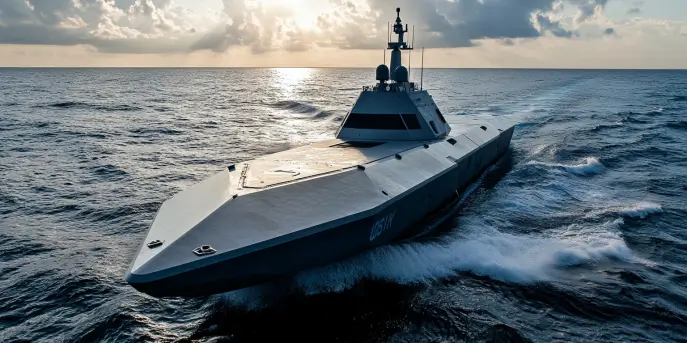The United States Marine Corps (USMC) has always been at the forefront of modernization and tactical innovation. In recent years, the focus has shifted towards enhancing mobility, protection, and versatility in the field. This focus has ushered in the adoption of the Joint Light Tactical Vehicle, or JLTV, a game-changing asset poised to redefine operational dynamics for the Marines.
Understanding the Joint Light Tactical Vehicle
The JLTV program, a collaborative effort between the U.S. Army and the Marine Corps, is designed to provide a new generation of light tactical vehicles to replace the aging fleet of High Mobility Multipurpose Wheeled Vehicles (HMMWVs). The JLTV offers a significant leap over its predecessors with enhanced off-road mobility, survivability, and a better capacity for network integration.
Key Features:
- Advanced Protection: The JLTV provides breakthrough ballistic, blast, and underbelly protection, offering a much-needed shield to troops against improvised explosive devices and other battlefield threats.
- Superb Off-Road Capability: Thanks to its sophisticated suspension system and powerful engine, the JLTV excels in diverse terrains, from desert landscapes to rugged mountain trails, which are critical for Marine Corps operations.
- Payload Flexibility: It is equipped to transport a substantial payload, accommodating weapons systems, troops, and equipment necessary for varied missions.
- Network Capability: The JLTV is designed with advanced communication systems to facilitate seamless integration with military command infrastructure, ensuring enhanced coordination and situational awareness.
Why the JLTV Matters for the Marines
The adoption of the JLTV is more than a simple upgrade; it represents a strategic pivot in the Marines’ operational capabilities. The shift addresses several critical needs that have emerged in contemporary warfare settings:
- Enhancing Mobility: The ability to swiftly navigate challenging environments is vital for the Marine Corps, which operates across a spectrum of scenarios, from humanitarian aid to full-scale combat.
- Improved Force Protection: As conflicts become more asymmetrical, the JLTV’s enhanced protection features are pivotal in safeguarding personnel from evolving threats.
- Interoperability: Operating in concert with Army units, the JLTV ensures that joint operations are more cohesive and effective, leveraging shared technology and logistical support.
Marines’ Vision for JLTV Deployment
The USMC’s strategy for JLTV adoption is detailed in several phases, each tailored to specific operational requirements and geographical areas:
- Initial Deployment: The first phase targets rapid deployment units stationed in agile, forward-operating bases, where the JLTV’s mobility is most essential.
- Integration with Amphibious Units: Considering the Marines’ unique expertise in amphibious assaults and operations, the JLTV’s adaptability to maritime transport platforms enables seamless transitions from sea to land operations.
- Long-term Fleet Replacement: Over the next decade, a large portion of the existing HMMWV fleet will be replaced by JLTVs, signaling a full transformation in light tactical mobility strategy.
Technical Specifications of the JLTV
| Specification | Detail |
|---|---|
| Max Speed | ~70 mph |
| Engine | Diesel, 6.6-litre |
| Range | 300+ miles |
| Gross Vehicle Weight (GVW) | ~15,500 lbs |
| Payload Capacity | ~5,100 lbs |
The Future of Marine Operations with JLTV
The Marine Corps’ investment in the JLTV is a testament to its commitment to innovative combat solutions while retaining the core values of agility and resilience. As the geopolitical landscape continues to evolve, the capability to respond rapidly and effectively becomes paramount. The JLTV not only fulfills current tactical needs but also lays the groundwork for future advancements in military vehicular technology.
In conclusion, the introduction of the Joint Light Tactical Vehicle to the U.S. Marine Corps signifies a new era of operational effectiveness and safety. Its features align closely with the Marine Corps’ strategic objectives, ensuring that the force remains a formidable, versatile component of national defense.
